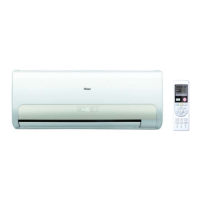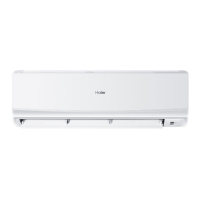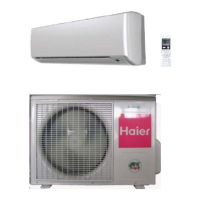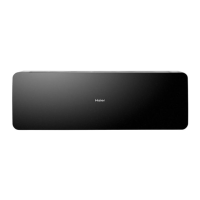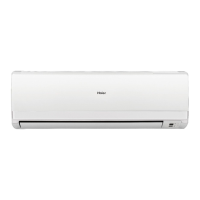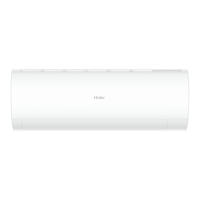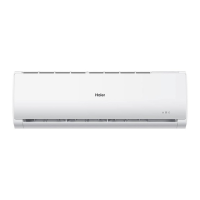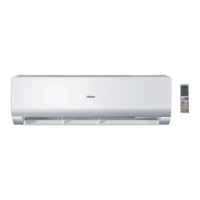SERVICE MANUAL
Order No.
EM-Series
© (Qingdao Haier Air Conditioner General corp.,Ltd)
All right reserved .Unauthorized copying and distribution is a violation of law
Haier Group
This service information is designed for experienced repair technicians only and is not designed for use by the general public.
It does not contain warnings or cautions to advise non-technical individuals of potential dangers in attempting to service a product.
Products powered by electricity should be serviced or repaired only by experienced professional technicians. Any attempt to service or
repair the product or products dealt with in this service information by anyone else could result in serious injury or death
WARNING
Wall mounted Type
DC Inverter
Model No.
AS09/12GS2ERA
1U09/12BS1ERA outdoor unit
indoor unit and remote controller
AS09/12GS2ERA
1U09/12BS1ERA
